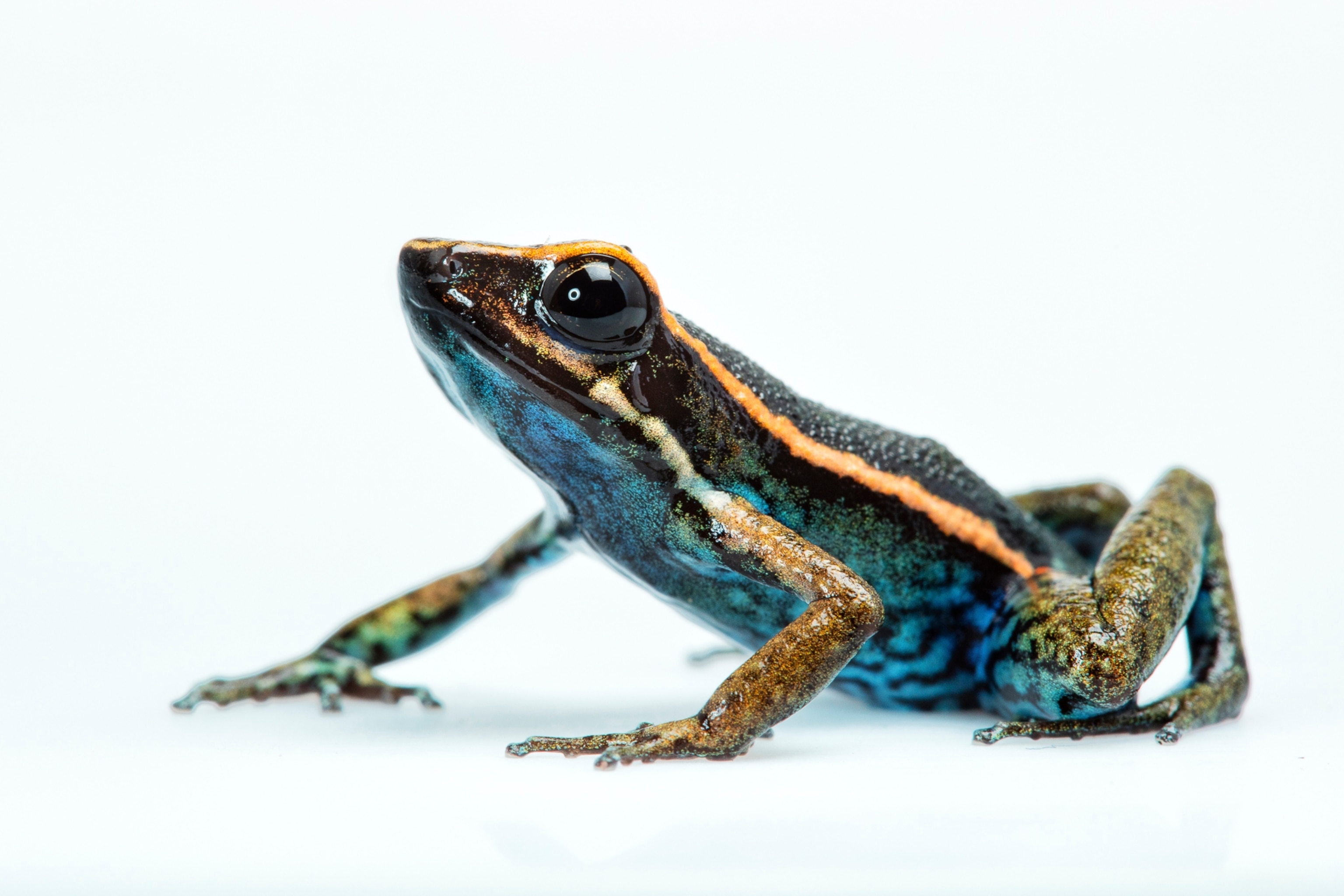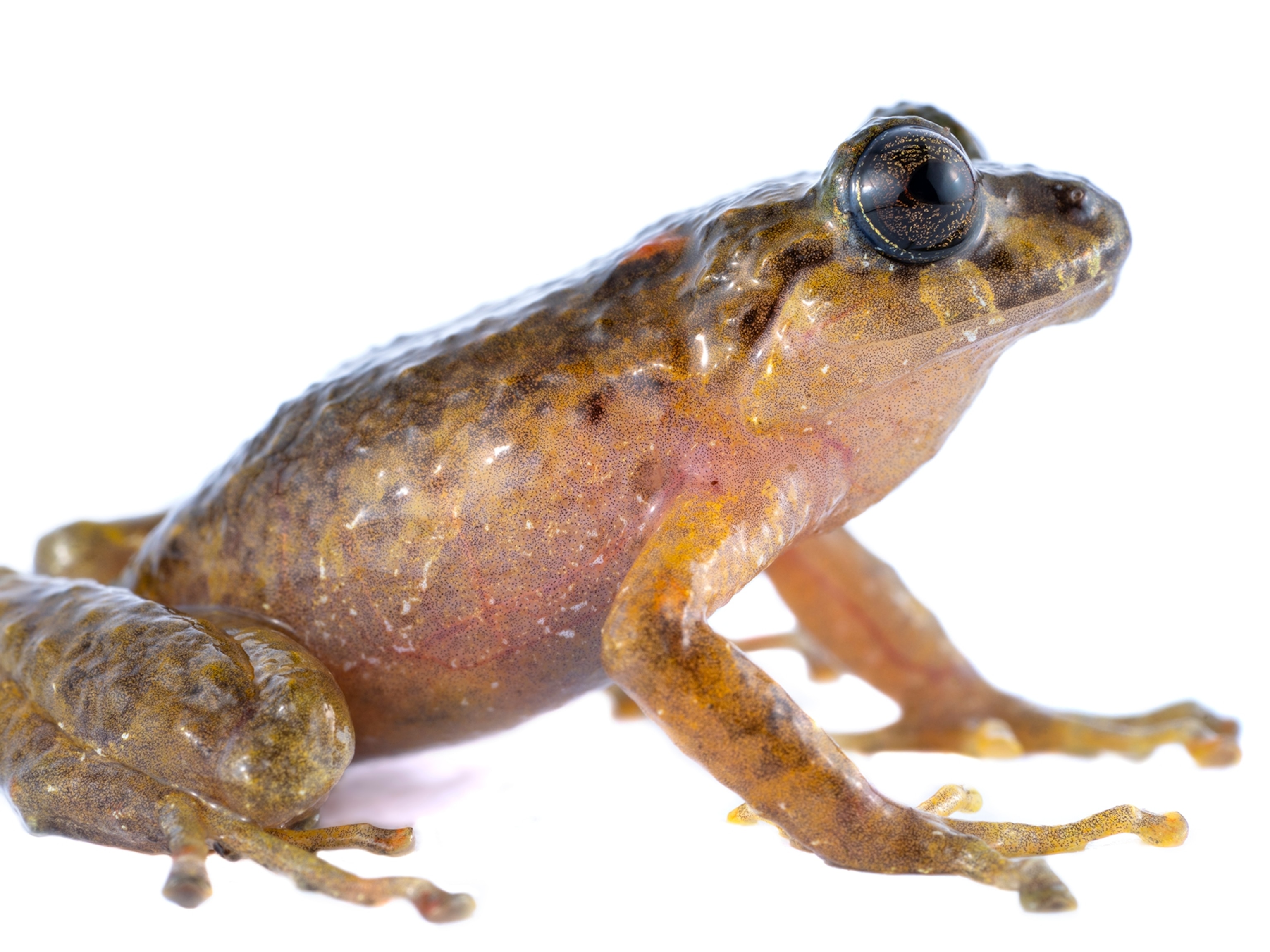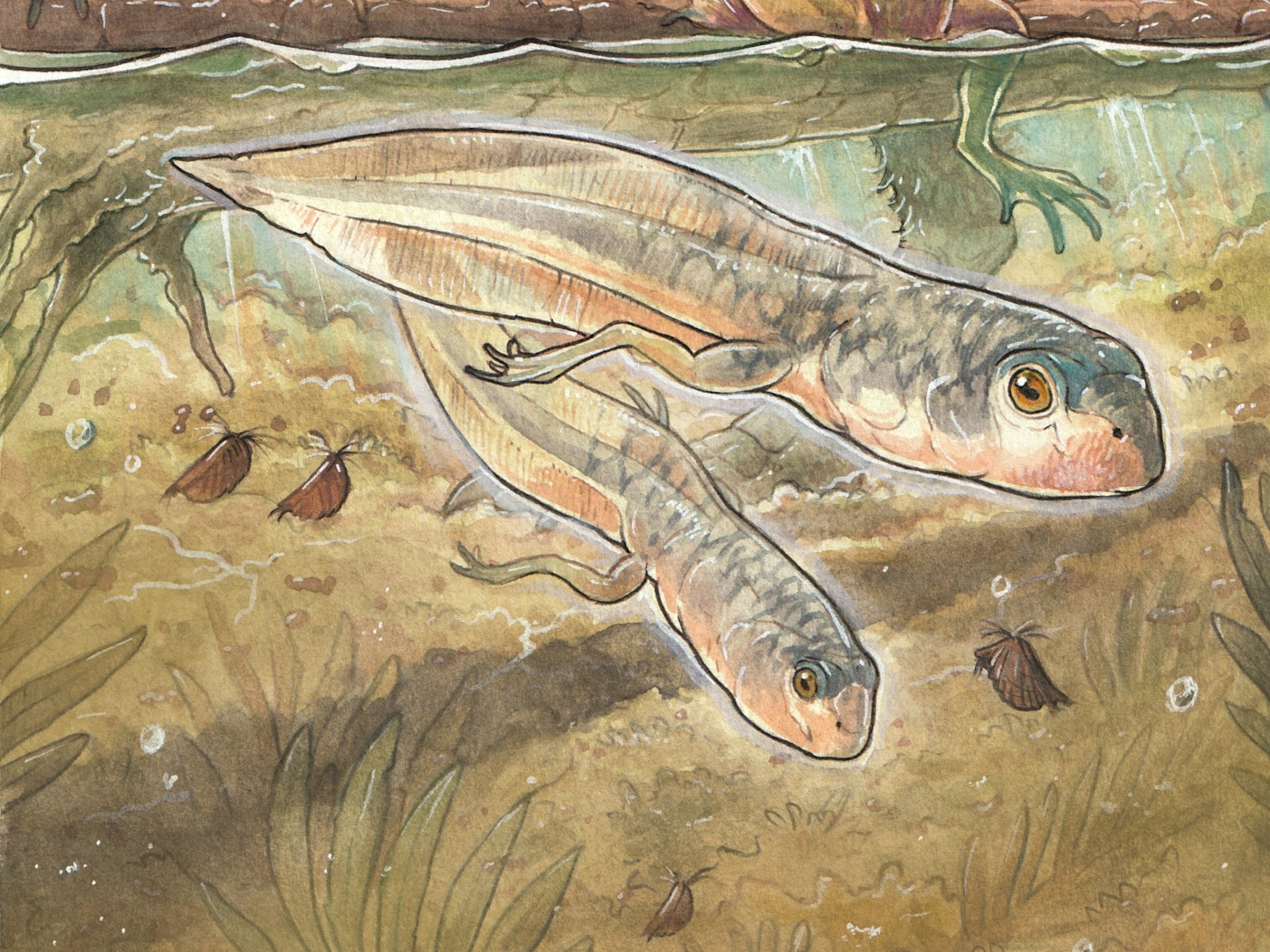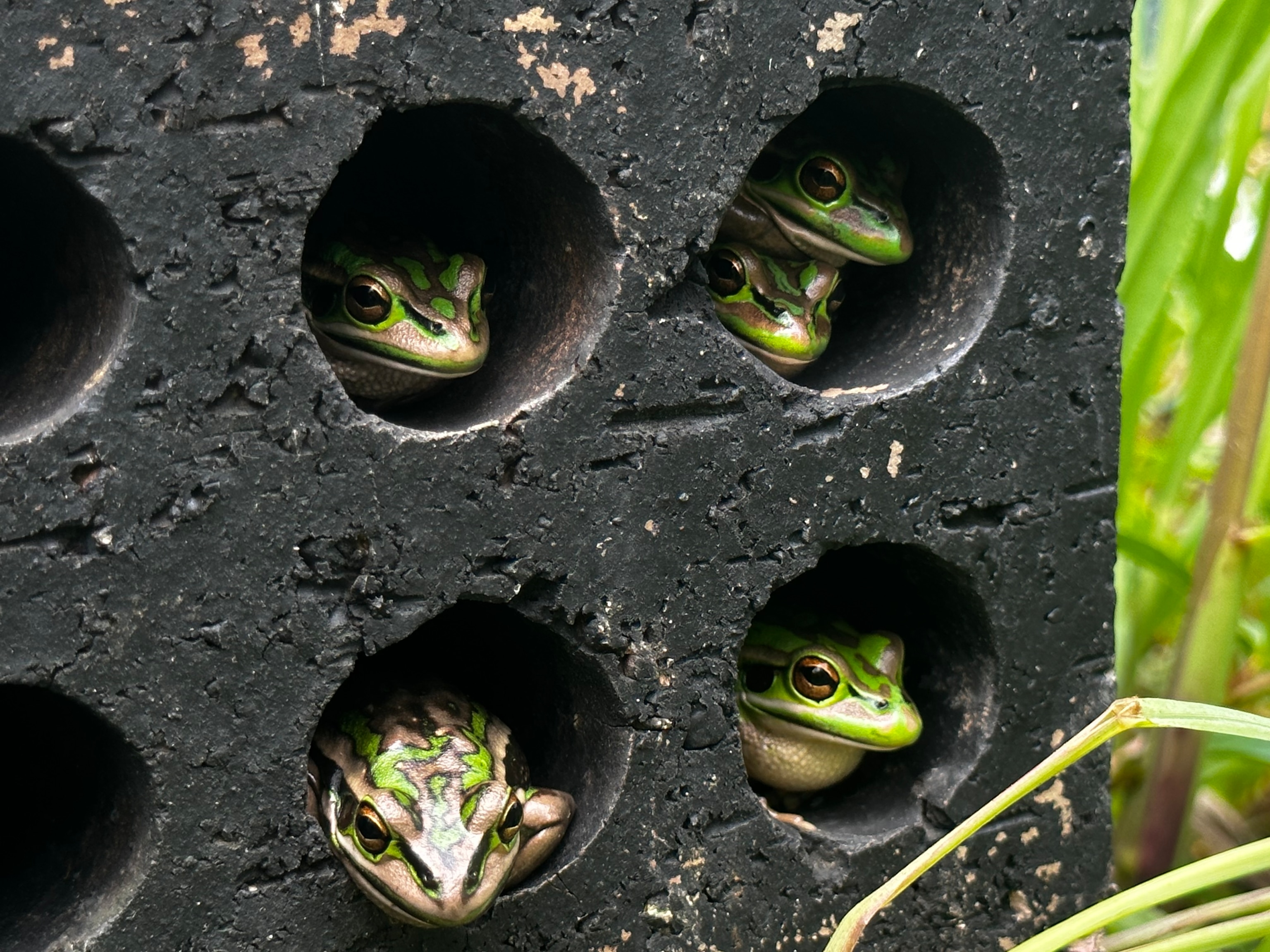
New Poisonous Frog Species Discovered in Peru
A peculiar croak heard within the Amazon rain forest leads to the naming of a new species of frog.
Deep in the Peruvian Amazon, in a region known as the Manú Biosphere Reserve, Shirley Jennifer Serrano Rojas crouched near a stream. She listened while her audio recorder tracked the noise of the rain forest around her. Then she heard something: an unfamiliar frog’s croak, not far off. But as soon as she snapped her head to locate the source of the sound, it disappeared.
It was the summer of 2013, and Serrano Rojas—a senior field scientist with the Crees Foundation—had been surveying amphibians in this part of Peru. She had heard all kinds of calls, but she didn’t recognize this one.
Back at camp later that day, her advisor, Andrew Whitworth, listened to the recording and confirmed Serrano Rojas’ suspicions: She had likely come across a new species.
Further trips to the same stream finally netted the mysterious singer: a black poison frog with two orange stripes down its body. Further years of study—including genetic and evolutionary analysis—confirmed that Ameerega shihuemoy was indeed new to science.
The description of the frog was published on January 16 in the journal Zootaxa.

Fascinating Frog
Poison frogs, also known as poison dart frogs, belong to a diverse group that is commonly associated with curare and other toxins, with which indigenous people have historically laced their hunting spears. But herpetologists are interested in studying the frogs for reasons beyond their toxicity, says evolutionary biologist Kyle Summers of East Carolina University.
For example, poison frogs rear their young in a remarkable way. Unlike most male frogs, which move on after the female has laid her eggs, male poison frogs will stay and care for the eggs, making sure they remain hydrated and covered with water. The male will then move the tadpoles to small pools of water, while the mother lays more eggs—to serve as food—for her growing brood.
The frogs' brightly colored bodies are also a curiosity. “The striking coloring probably serves as a warning to predators that these frogs aren’t good to eat,” Summers says.
Race Against Time
It’s no secret that chunks of the Amazonian rain forest are lost every year to human activities, which means that scientists like Serrano Rojas are racing against time to log new species before they’re destroyed. The Manú Biosphere Reserve is part of the Peruvian government’s efforts to try to protect some of the country’s biodiversity.
The reserve includes a national park—which is protected from commercial activities and road building—and some bordering areas that have less protection and serve as a buffer zone to the park. (Read more about Manú here.)
Serrano Rojas was working in the buffer zone when she first heard the call of Ameerega shihuemoy. “It was an exciting discovery, but the species is threatened with extinction,” she says. “It could get worse if we don’t make conservation plans.”
Summers agrees. The Manú Biosphere Reserve is a hot spot for frogs and other species, he says, and this discovery underscores just how little we know about the region. He believes many poison frog species remain to be discovered.
The problem, he says, is that “they’re disappearing before we can study them.”





